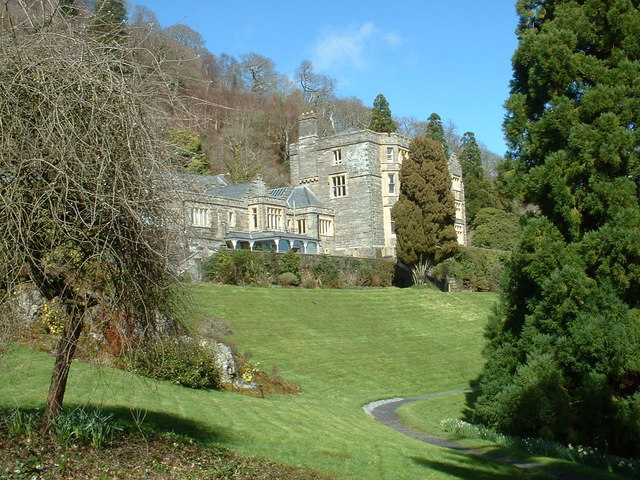Slate Expectations
We've been the proud owners at the Oakeley Arms now since 2003, but we've often wondered about the history of this magnificent Grade II listed building.
After doing some research we've found, of course, that the Oakeley's story is inextricably linked with that of the renowned Oakeley family of nearby Tan-y-Bwlch estate.
So, in the first of our series about the story of the Oakeley Arms, here's a short history about the Oakeleys, and the rise, and fall, of their fortunes.......
From a distance, the quiet mountains that surround the Oakeley Arms stand calm, proud and magnificent, but dig a little deeper and you’ll find a noisy industrial and destructive history; one that was defined by Wales’ grey gold – the valuable Welsh slate that was dug from the quarries around Blaenau Ffestiniog in thousands of tonnes and exported all over the world.
The story of slate holds the key to how a local family became one of the wealthiest families in the country; all thanks to an underground treasure trove. The family would remain one of the most important and influential in the area for almost 200 years.
The story of slate holds the key to how a local family became one of the wealthiest families in the country; all thanks to an underground treasure trove. The family would remain one of the most important and influential in the area for almost 200 years.
Towards the end of the eighteenth century, the daughter of wealthy local landowners and heiress to the estate of Plas Tan-y-Bwlch (which had originally been built by her predecessors around 1630) married a business man from Staffordshire named William Oakeley.
Plas Tan-y-Bwlch
Photo: David Medcalf
William Oakeley, known as “Oakeley Fawr” (Great Oakeley) was popular and soon became well-loved by local residents and the tenants on his land. As farming provided the main sources of income for local people, he made important improvements to the pastures below Plas Tan-y-Bwlch. He built embankments to save the land from the tidal waters, and created much more land for the farmers and their families.
Although this work was appreciated by local communities, it wasn't until the estate was passed to Oakeley Fawr's son, William Griffith Oakeley in 1811, that the fortunes of the family were cemented.
William Griffith spotted the potential of farmland he owned at nearby Rhiwbryfdir. In 1819 he rented it to a slate dealer from Liverpool and within three years the land had been transformed from a small hole that employed three men, to the largest subterranean slate quarry in the world.
The hungry demand for the best slate in the world was growing quickly as the industrial revolution gathered speed and vast quantities of building materials were required across the world. By the end of the 19th century the Oakeley quarries were producing 60,000 tonnes of slate a year; each tonne transported from the hills down to Porthmadog by the Ffestiniog Railway and shipped across the globe.
Come back later in the week for the end of the story.... What happened to the Oakeley family? And did their good fortune survive the dawn of the 20th century? And what of the fate of the famous Oakeley Arms?

No comments:
Post a Comment